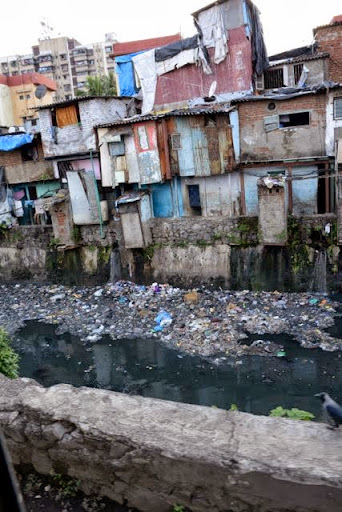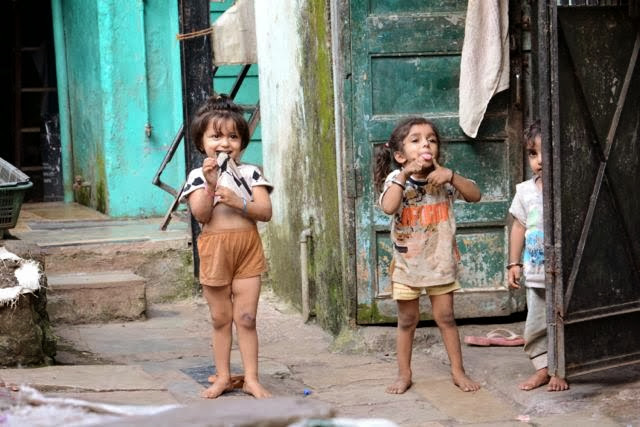Adventures In India
My family was chosen to lead the Global Term Abroad program with St. Olaf College! My father teaches music theory there, which is a great connection. My sister, my parents and I joined fourteen college students on a seven-country journey across the world: Switzerland, Turkey, Greece, India, China, Korea, and Thailand.
The moment we landed in India, I realized that I would have to be much more cautious than any environment I had previously lived in. A medium-sized tour bus met us outside of the airport, and as soon as we started the walk toward it, a man in white clothing offered to carry some of our luggage. I assumed he was the driver as he told us “Welcome to India!” and gestured us over to our bus.
We let him carry some of our luggage before finding out that he was not, in any way, affiliated with the bus company. He demanded a tip immediately, but we had no currency yet! When I realized our mistake, I felt really stupid, as we’d been warned that we could run into situations like this and we had to be careful not to accept such services. Our actual bus driver quickly shooed him off, though, and soon we were on our way to the Ecumenical Christian Centre.
The center wasn’t too bad, even though in past years students said they’ve had issues with it. Although the futon I slept on smelled very strange, and the food consisted almost completely of spicy curry, I was well-rested and well- fed. As time went on, I came to realize the experiences of India can often be overwhelming. A visit to the Dharavi Slum was about to show me that in a very big way. Our guide thought it was a good idea for us to experience as many aspects of India as possible.

We visited the slum the very next day. We drove for about 20 minutes and were then dropped off right in front of the cramped, shack-filled community. We stepped into the slum and instantly were thrown into a whole new environment. Countless small, cracked, dirty shacks were crammed together with only tarps and sheets of tin to serve as roofs. Acrid smoke was everywhere, leaving a bitter taste in the back of my mouth, but I could not identify what was burning. It smelled sort of like burning plastic. I spotted what I thought was a small cat, but was actually the biggest rat I’ve ever seen. A woman with crooked teeth sat surrounded by finished pots while she vigorously worked with clay, her hands crusty.

Many people were walking around barefoot, even though a slum is maybe the worst possible place to do so. We found out later that people in the “Untouchables” caste are not even allowed to wear shoes. Many of these Untouchables live in slums. Broken glass, old toys, and bits of torn cloth littered the ground. Many of the children were fine with approaching us, and they were mystified and intrigued in particular in the braces in my teeth. They would point to my teeth and pick at their own, then shrug their shoulders, clearly bewildered.

Before entering the slum, I felt very sad and sympathetic towards the people that lived there, assuming their lives would be miserable due to lack of food and space. To my surprise, I didn’t see a single grumpy face. The children there were numerous and every one of them looked absolutely thrilled to see us and kept grinning, shaking our hands, and shrieking ‘Hi!’ Although many of them were still only about six or seven years old, their hands felt rough and leathery; sometimes cracked. I wondered how many hours these poor kids had already worked today. We walked on, and took a look inside some of the factories where they made leather and clothing. In a clothes factory, about a dozen boys toiled at sewing machines, beaming at us as we walked in.
The owners were more than happy to explain how their businesses ran, and what they did there. Many people worked with processing recyclables. At one point a man took a handful of white, puffy fluff out of a large plastic bag and offered it to us to feel. It was soft as cotton. It was polyfill for pillows, made from recycled plastic bottles and bags. Inside one shack a very noisy machine shredded plastic bottles into small pellets, while half a dozen people huddled off to one side, dismantling discarded plastic toys and household items to recycle. The sound was deafening and no conversation was possible. Despite their working conditions, the people we saw took great pride in the work they did. Often they slept in the same room where they worked. I suppose if you take pride in your work, it’s worth a lot, regardless how wealthy you are.
The next day was very different from the slum visit. We traveled to a large garden with decorative plants and rock formations everywhere. The bus dropped us off in a parking lot, and we were told to simply to be back in an hour. In other words, we were free to explore on our own. Aside from the slum, this was the first public place we’d really visited. At the airport, we hadn’t noticed that white people were at all rare in India because of all the tourists. However, from the moment we climbed off the tour bus, we were stared at with wide, interested brown eyes from every direction! Many people got out cameras and would walk alongside us to take photos of us! A young teenager openly approached me at one point, saying “Hello, sir. You are very white, sir! Can I take picture, sir?” I laughed at the time, but still felt uncomfortable to be suddenly treated differently than everyone else. Apparently my red hair was also a rarity here.
I broke off from the group and decided to do some exploring. I climbed over a very large, round rock that (although I didn’t know it at the time) was right on the edge of the park. As I was walking along a dirt path that was behind this rock, I started to notice that nothing was very pretty anymore; my surroundings consisted mostly of piles of dirt. As I turned around to head back to the gardens, a fighter jet flew over me, thundering loudly and leaving my ears ringing as it passed. I didn’t think much of this, and then an Indian man in full military uniform approached me. He asked for my ID and told me that I was in a restricted zone! I showed him my student ID card. He nodded and ushered me back to the park. There’s something very fun to me about not knowing exactly what will happen next, and India certainly keeps you on your toes.
Christoph Hodel is a member of the Youth Travel Blogging Mentorship Program
All photos courtesy and copyright Christoph Hodel
Unusual experiences in India keeps one teen on his toes
Posted by:
Christoph Hodel



















